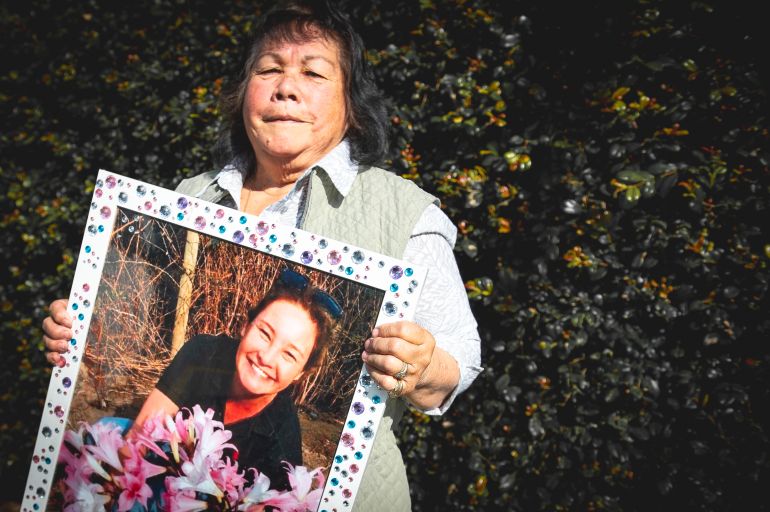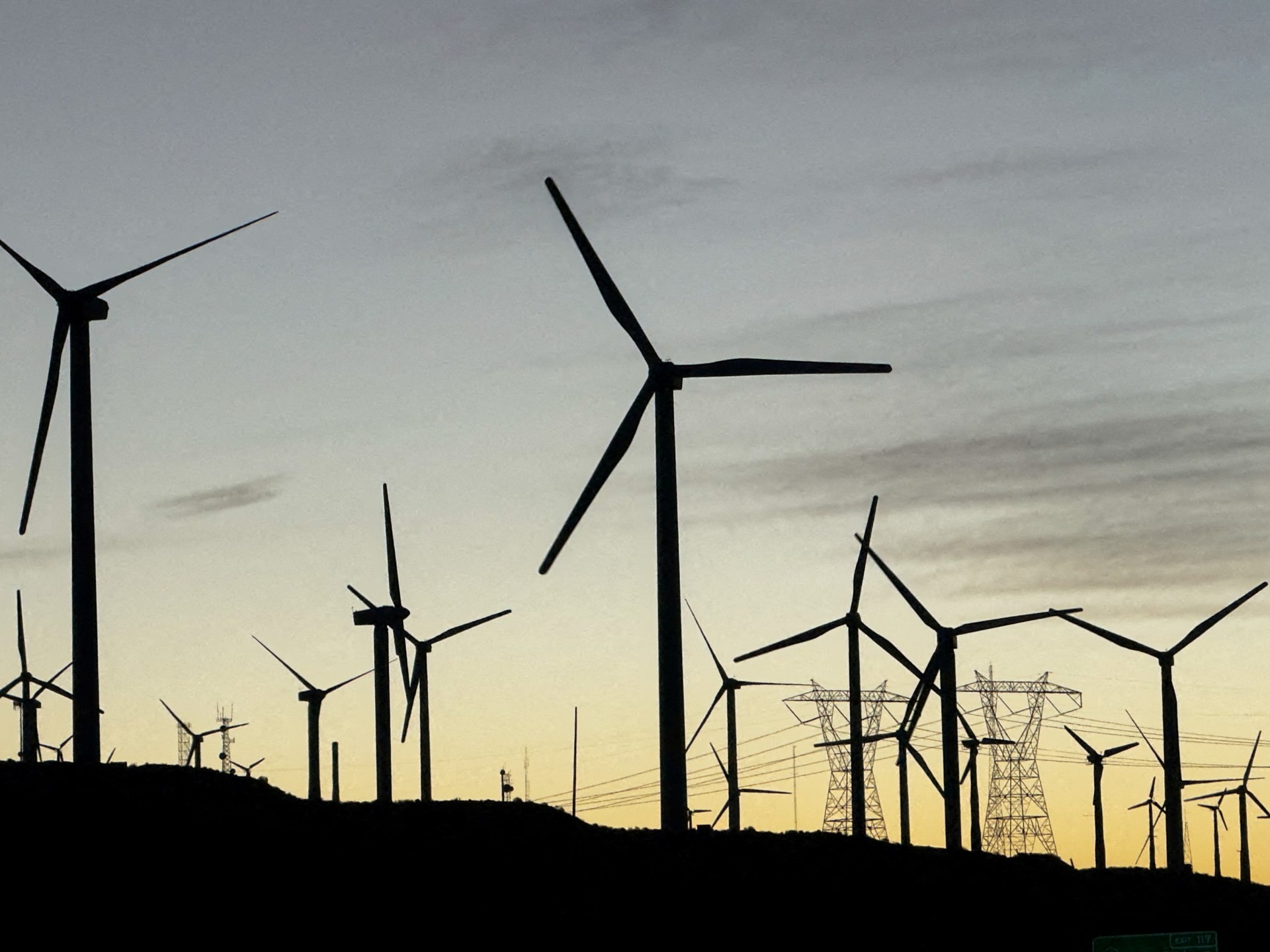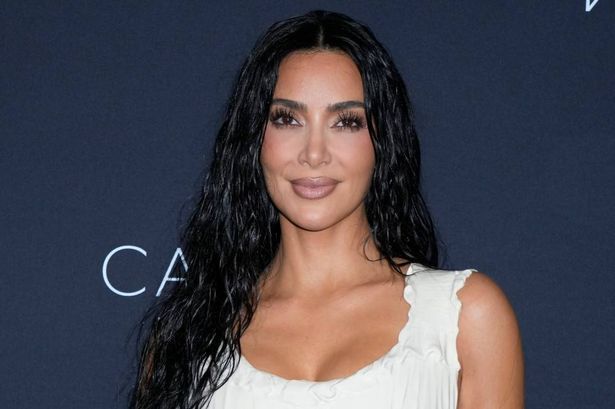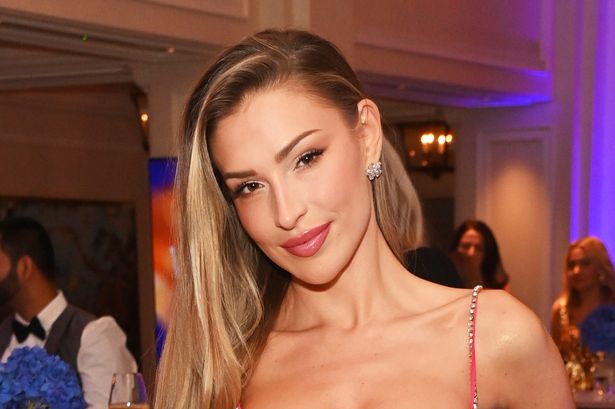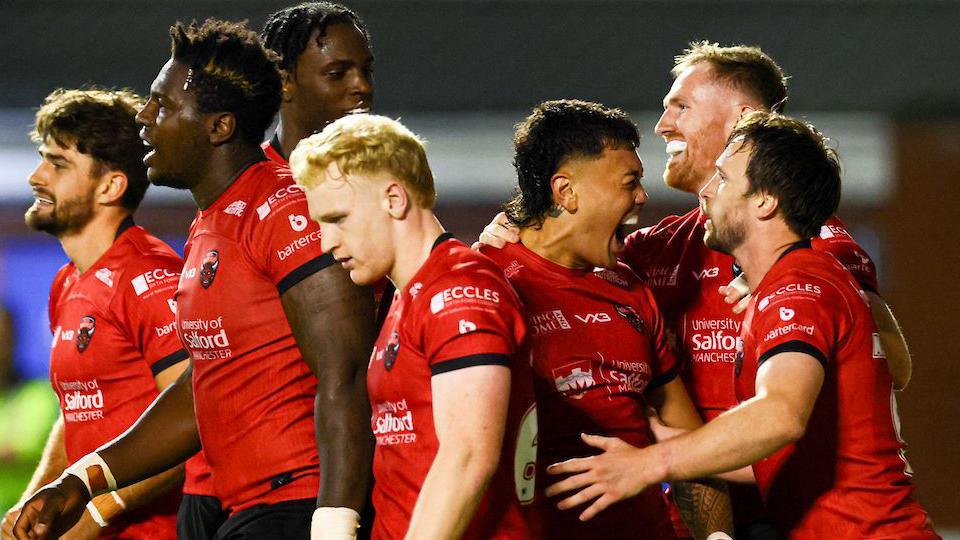Just before Alicia’s passing, Lee Little recalls the phone call she and her daughter made in Melbourne, Australia, in December 2017.
“I spoke to her 15 minutes before she died”, Little told Al Jazeera.
“I questioned her, was she okay,” she replied. Did you want us to come up to pick you up? She responded, “No, I have my car.” I’m right, Mum, everything’s packed. ‘”
Alicia Little was about to end a four-and-a-half year abusive relationship.
Not only had Alicia rung her mother, but she had also called the police emergency hotline for assistance, as her fiance Charles Evans fell into a drunken rage.
Extreme violence was what Alicia anticipated from her partner.
Evans had a history of abuse towards Alicia, with her mother recounting to Al Jazeera the first time it occurred.
She was on the phone to me the first time he actually heckled her. And the next minute, I heard him come across and try to grab her phone”, Little said.
She said, “Get your hands off my throat, please.” I can’t breathe. ‘ You hear him say, “You’re better off dead, right? ” the next second.
Little told how she had taken photos of her daughter’s terrible injuries.
She reportedly had ribs severnned. She had a broken cheekbone, broken jaw, black eyes, and where he’d had her around the throat, you could see his finger marks. You could see his foot marks right down the side when he kicked her and there was a bruise.
Like many abusive relationships, a pattern would emerge, whereby Alicia would leave temporarily, only to return after Evans promised to change his behaviour.
Little said, “This went on and on for the four and a half years.”
“He’d bash her, she’d come home, and then she’d say to me, ‘ Mum, he’s told me that he’s gone and got help. ‘”
However, the conflict only grew worse.
On the night Alicia decided to leave for good, Evans drove his four-wheel-drive at her, pinning her between the front of the vehicle and a water tank.
Within minutes of the police she had called, Alicia Little, 41, and mother of two boys, passed away.
As she lay drawing her final breaths, security camera footage would later show her killer drinking beer at the local pub, where he drove to after running Alicia down.
After being initially accused of murder, Evans was arrested and his charges were downgraded to dangerous driving, which resulted in the death of the victim and the inability to provide assistance following a motor vehicle accident.
He would walk free from jail after only two years and eight months.
The statistics
Alicia Little is just one of the many women in Australia killed every year, in what activists such as The Red Heart Campaign’s Sherele Moody are saying is so prevalent that it amounts to a “femicide”: the targeted killing of women by men.
In Australia, on average, one woman died every eight days between 2023 and 2024, according to government data.
Moody, who documents the killings, contests those statistics, telling Al Jazeera they do not represent the true scale of deadly attacks on women in the country.
Government data records “domestic homicide,” where women are killed after being found guilty of murder or manslaughter.
As in the case of Alicia Little, the lesser charges her killer was convicted on related to motoring offences and do not amount to a domestic homicide under government reporting and are not reflected in the statistics.
According to Moody, “One of the most important weapons perpetrators use against women in Australia is a vehicle.”
“They almost always get charged with dangerous driving, causing death. That is not a crime committed. It doesn’t get counted despite it being a domestic violence act, an act of domestic violence perpetrated by a partner”, Moody said.
The government “underrepresents the violence epidemic.” And in the end, the numbers that they’re using influence their policy. They are affected by it when they choose to fund. It influences how they speak to us as a community about violence against women”, she said.
According to Moody, she had documented 136 killings of women by their partners between January 2024 and June this year, many of which were similar to Alicia Little’s. “Ninety-six percent of the deaths I record are perpetrated by men”.
She claimed that domestic and family violence accounts for about 60% of all fatalities.
![Sherele Moody, from the Red Heart campaign, speaks with the media at a Stop Killing Women protest earlier this year in Melbourne, Australia. Moody says the official government data under-represents the true scale of femicide in Australia [Ali MC/Al Jazeera]](https://i0.wp.com/www.aljazeera.com/wp-content/uploads/2025/08/Stop-Killing-Women-03-1756363768.jpg?w=696&ssl=1)
While much focus is on women’s safety in public spaces – for example, walking home alone at night – Moody said the least safe place for a woman is actually in her own home.
“You’re going to be killed by someone you know, whether you’re a man or a woman or a child,” she said.
Data shows that only about 10 percent of female victims are killed by strangers, deaths often sensationally covered by the media and prompting public debate about women’s safety.
“Yes, stranger killings do occur, and when they occur, people are lulled into a false sense of security about who is the perpetrator,” said Moody.
Male violence in Australia
The “most extreme outcome of broader patterns of gendered violence and inequality,” according to Patty Kinnersly, CEO of Our Watch, a national task force to prevent violence against women.
“When we refer to the gendered drivers of violence, we are talking about the social conditions and power imbalances that create the environment where this violence occurs”, Kinnersly said.
She said that these include male peer relations that promote aggression and disrespect toward women, male decision-making that is condoned or exonerated, rigid gender stereotypes and dominant forms of masculinity, and male peer relations that promote violence and disrespect toward women.
“Addressing the gendered drivers is vital because violence against women is not random, it reflects deeply entrenched inequalities and norms in society. We can’t achieve long-term prevention if we don’t address these root causes,” she continued.
Patterns of male violence are deeply rooted in Australia’s colonial history, in which men are told they need to be physically and mentally tough, normalising male aggression, write authors Alana Piper and Ana Stevenson.
Men dominated the Australian colonies’ male population for the majority of the 19th century. This produced a culture that prized hyper-masculinity as a national ideal”, they write.
During the frontier period, Indigenous women were subject to rape and massacres as a result of colonial male aggression.
Misogyny and racism were also promoted in Australia’s parliament during the 20th century, as legislators crafted assimilationist laws aimed at controlling the lives of Indigenous women and removing their children as part of what has become known as the “Stolen Generations”.
Between 1910 and 1970, a number of government policies led to widespread cultural genocide and generational social, economic, and health disparities, with up to a third of Indigenous children being removed from their families as a result.
This legacy of colonial racism and discrimination continues to play out in vast socioeconomic inequalities experienced by Indigenous people in the present day, including violence against women, activists say.
According to recent government data, Indigenous women in Australia are 34 times more likely to die in hospital as a result of domestic violence than non-Indigenous women in Australia.
“Aboriginal and Torres Strait Islander women are among the most at-risk groups for family violence and intimate partner homicide in Australia”, First Nations Advocates Against Family Violence (FNAAFV) Chief Executive Officer Kerry Staines told Al Jazeera.
According to Staines, “historical injustice and ongoing systemic failure” contribute to these disproportionately high rates, including forced displacement of Indigenous communities, child displacement, and family structure breakdown.
“Many Aboriginal and Torres Strait Islander communities have been affected by multigenerational trauma caused by institutional abuse, incarceration and marginalisation. The risk of violence, including in relationships, rises when trauma is left untreated and support services are insufficient or culturally unsafe, she said.
Indigenous women are also the fastest-growing prison cohort in Australia.
Despite only making up 2.5 percent of the adult female population, four out of ten women in prison are Indigenous women on any given night.
Staines said there is a nexus between domestic violence and incarceration.
There is a well-known and obvious connection between the high rates of family violence in our communities and the hyper-incarceration of Aboriginal and Torres Strait Islander peoples, she said.
“The removal of parents and caregivers from families due to imprisonment increases the likelihood of child protection involvement, housing instability and intergenerational trauma, all of which are risk factors for both perpetration and victimisation of family violence”.
“Toxic culture”
While Australia was one of the first Western countries to grant women voting rights, deeply rooted inequalities persisted through much of the 20th century, with women being excluded from much of public and civic life, including employment in the government sector and the ability to sit on juries, until the 1970s.
According to activists, this exclusion from positions of authority, including the judicial system, led to the development of a culture of “victim blaming,” particularly in cases of domestic abuse and sexual assault.
Rather than holding male perpetrators to account and addressing violence, focus remained on the actions of female victims: what they may have been wearing, where they had been, and prior sexual histories as a basis for apportioning blame to those who had suffered the consequences of gender-based violence.
Isla Bell, a 19-year-old woman from Melbourne, is accused of being brutally murdered in October 2024.

The two men charged with Isla’s alleged murder received little attention while the media focused primarily on her personal life and provided detailed details about her death.
Isla’s mother, Justine Spokes, said the reporting “felt really abusive”.
Spokes, who described a “victim-blaming narrative” surrounding the killing of her daughter, said, “just highlights the pervasive toxic culture that is systemic in Australia.”
“It was written in a really biased way that felt really disrespectful, devaluing and dehumanising”, she said, adding that society had become desensitised to male violence against women in Australia.
We’re numb to it because it’s just become so typical, which is, in my opinion, a sign of trauma. It’s been pervasive for that long. It’s just so dangerous, she said, if that’s the norm in Australia.
“I really think that this pervasive, toxic, misogynistic culture, it’s definitely written into our law. She continued, “It’s very colonial.”
The Australian government, led by Prime Minister Anthony Albanese, has committed to the ambitious task of tackling violence against women within a generation.
The Department of Social Services’ (DSS) spokesperson confirmed to Al Jazeera that the government had invested $4 billion ($2.59 billion) to implement the 2022-2032 National Plan to End Violence Against Women and Children.
“The Australian Government acknowledges the significant levels of violence against women and children including intimate partner homicides”, the spokesperson said in a statement.
The Australian Government continues to prioritize ending gender-based violence. Our efforts to end gender based violence in one generation are not set-and-forget – we are rigorously tracking, measuring and assessing our efforts, and making change where we must”, the spokesperson added.

Yet for Lee Little, mother of Alicia Little who was killed in 2017, not enough is being done, and she does not feel justice was served in the case of her daughter, describing the killer’s light sentence as “gut-wrenching”.
Little is currently asking for a national database to prevent domestic violence and give women access to data on previous convictions.
“Our family would love a national database, because perpetrators, at this moment, anywhere in Australia, can do a crime in one state and move to another, and they’re not recognised” as offenders in their new location, she said.
Little believed that public understanding of prior convictions would prevent women from starting potentially abusive relationships.
Yet the Australian federal government has yet to implement such a database, in part due to the complexities of state jurisdictions.
According to the federal attorney-general’s office, “the states and territories have primary responsibility for family violence and criminal matters, and each has its own law enforcement and justice systems.”
“Creation of a publicly accessible national register of perpetrators of family violence could only be implemented with the support of state and territory governments, who manage the requisite data and legislation”.
Little continues to speak out against violence against women wherever she sees it, despite the apparent indifference of the law.
“I’ve been to supermarkets where there’s been abuse in front of me, and I’ve stepped in”, she said.
“From the moment I take my last breath,” she continued, “I will be a voice for Alicia and for a national database.”

